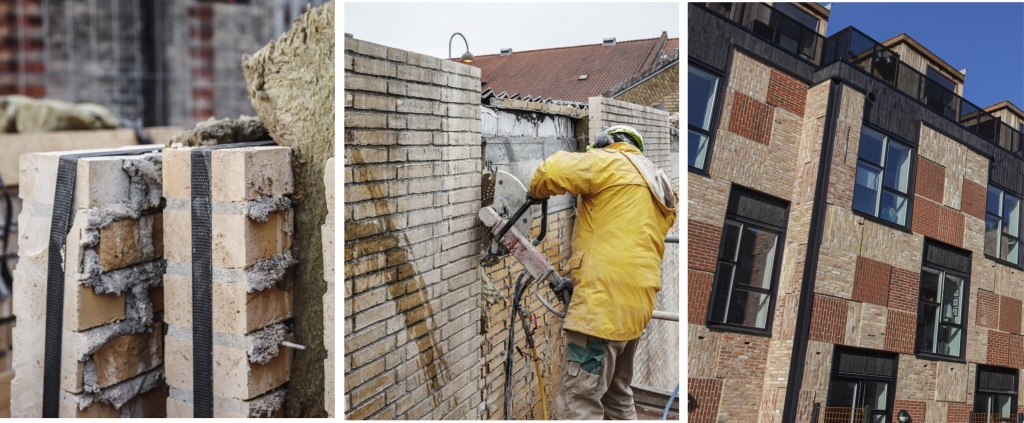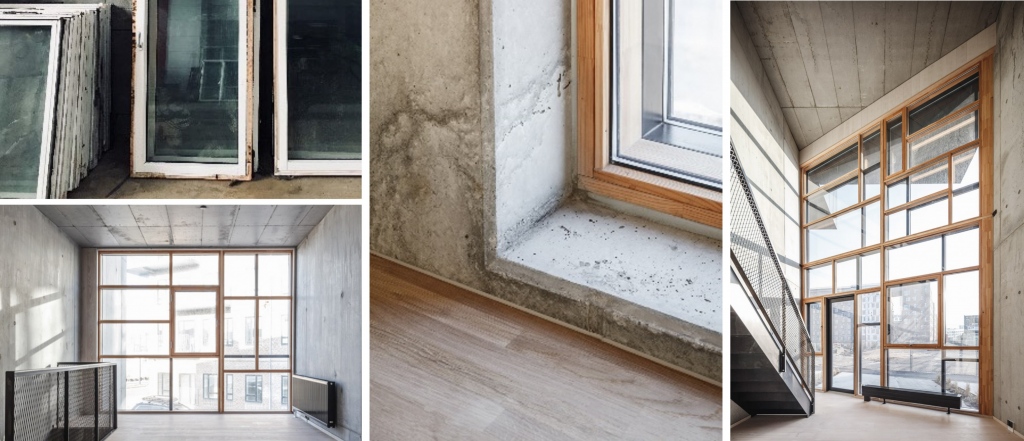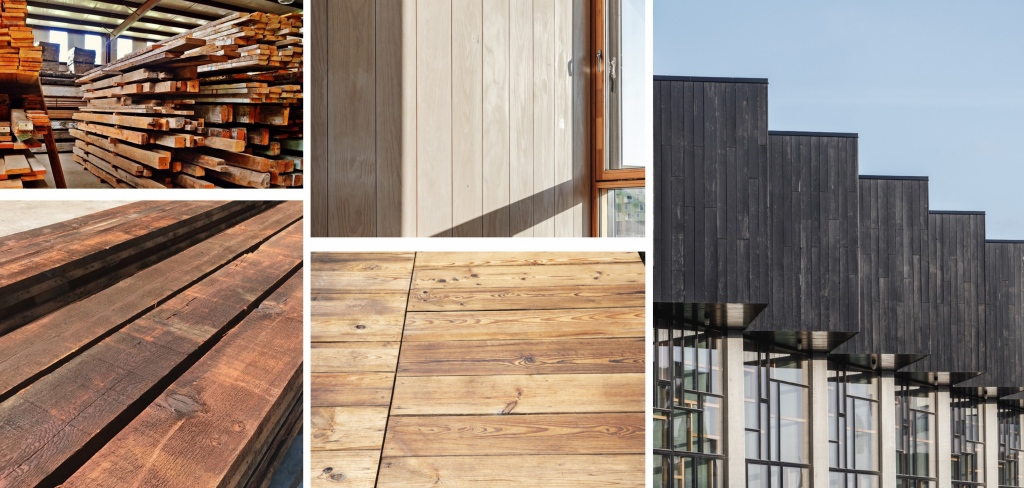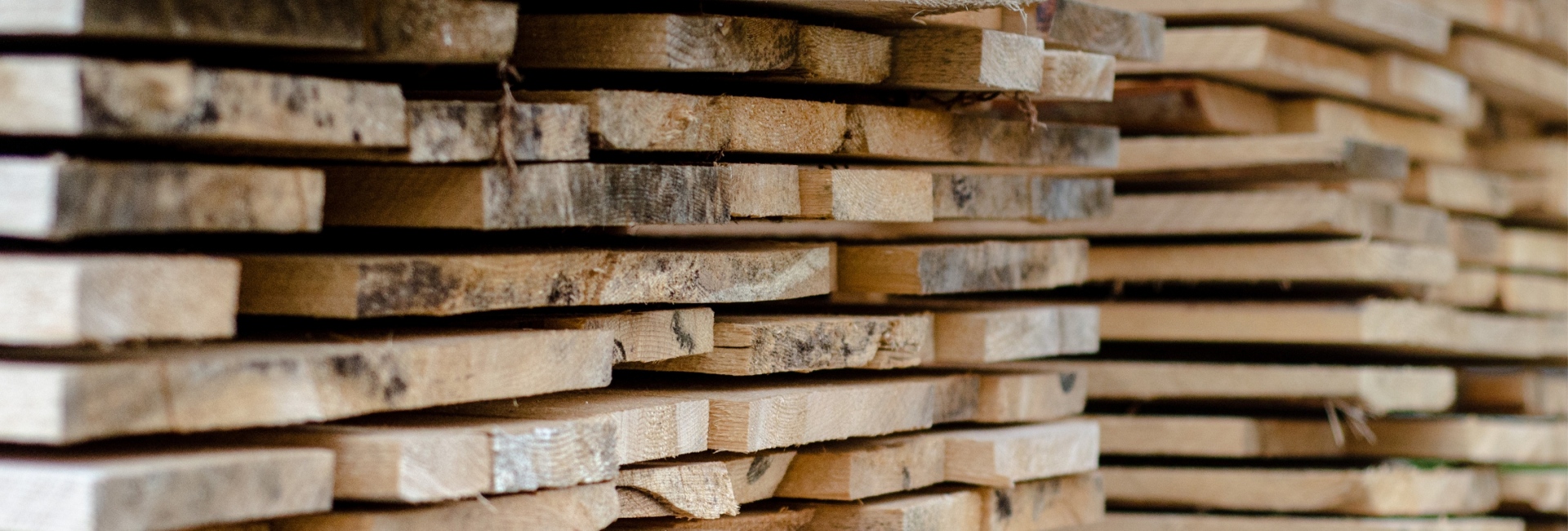Today we will look at what and how building components can be deconstructed for reuse, with project examples of Upcycle Studios and Resource Rows in Cophenhagen by the Lendager group. Both projects employed innovative ways of deconstructing and upcycling materials to reduce their carbon footprint. Various elements were salvaged, among which the windows, doors, wood and brick play an important role in reducing the global warming potential.
The bricks from nearby breweries were cut into modular sizes, later to be used for façade assembly. Various brick textures, together with different orientation, create an interesting and sustainable façade expression, echoing the materiality and historic nature of the site.

For windows, two double-glazed windowpanes were layered to create an airtight high performing envelope that is also code compliant. Because the manufacturing process for windows generate tremendous GHG and they are usually replaced years before end-life stage, the project was able to gain 83% carbon savings from salvaging the windows.

Different window frames were combined based on their distinct dimensions, forming a special grid that speaks to the nature of reuse.
Wood in this case was used in several ways: as studs, flooring and façade elements. By charring the wood, the architect was able to minimally process the material without compromising its durability.

Concrete is the second most used product after water and responsible for 5% of global carbon emissions. Alternate ways of making coarse aggregate from crushing old concrete from deconstruction and demolition sites can address resource scarcity in the future. When produced in an optimized way it can reduce carbon emissions significantly.

From the analysis done by NREP and the architects from Lendager, the table below gives a quick overview of the benefits from upcycling deconstructed materials. The analysis across these different materials shows the importance of upcycling and deconstruction in terms of climate change, resource scarcity and waste management while being cost effective in optimized scenarios.

The design methodology challenges the traditional way of manufacturing and designing, which is linear and craves raw materials for artistic creation. When the concept is driven by materiality, resource availability and circularity, architectural design can respond accordingly, generating new possibilities for a new aesthetic that will become more relevant as we strive to reach our carbon goals. It is important to engage multiple stakeholders early in the process, consider deconstruction potentials and pinpoint hotspots for embodied carbon reduction in order to facilitate this circular approach.
Next time you need to demolish any building consider deconstruction instead and look for opportunities to salvage brick, concrete, wood, windows and doors based on their condition. Additionally, consider specifying upcycled materials for your next project.



